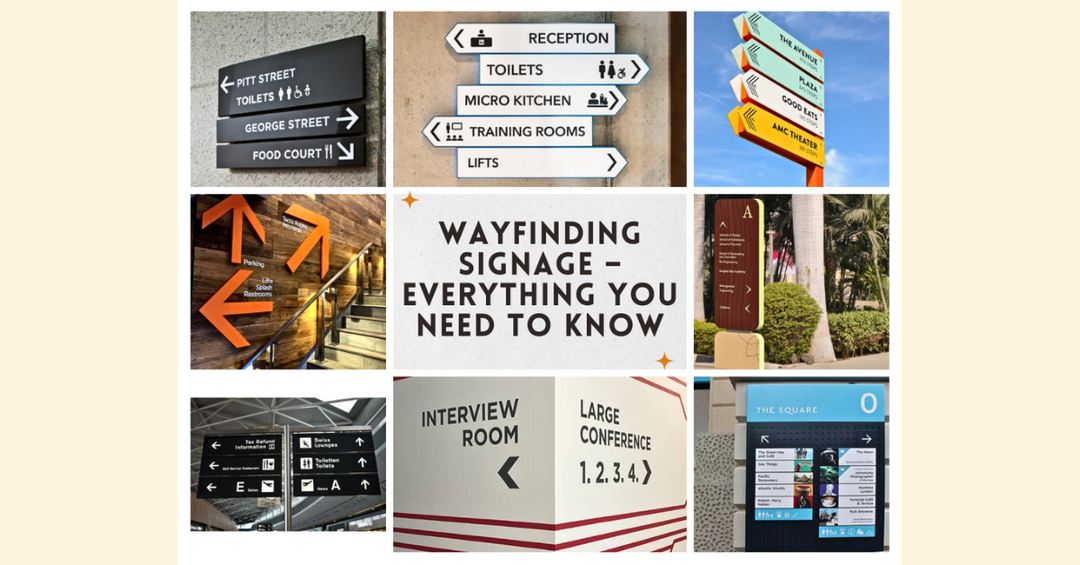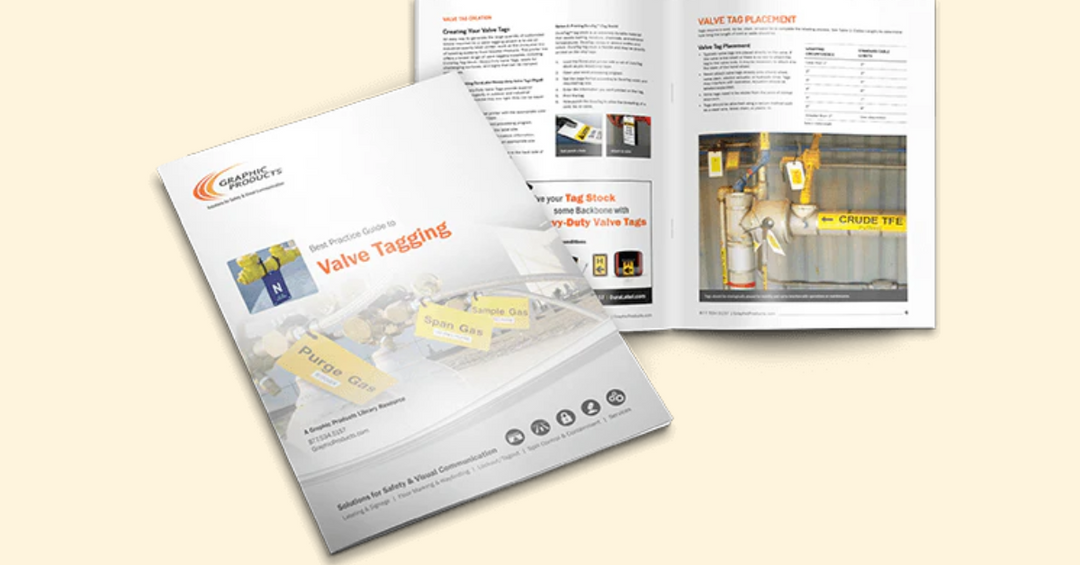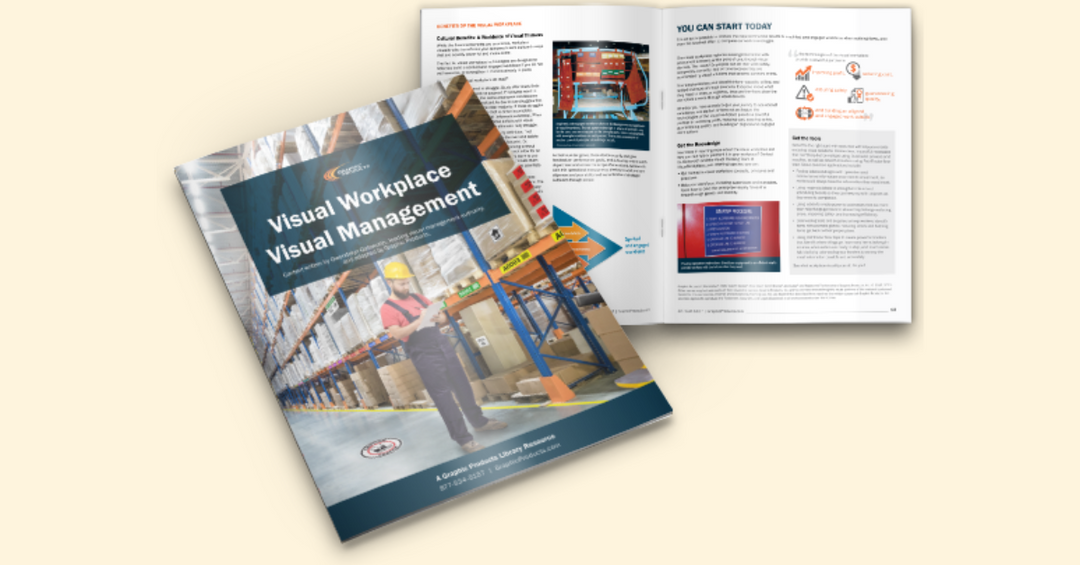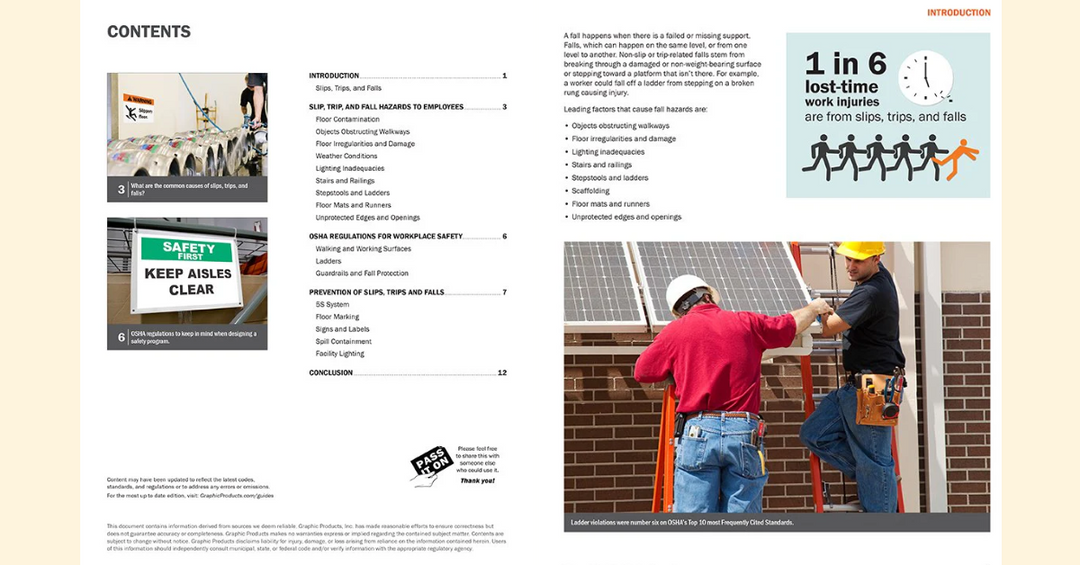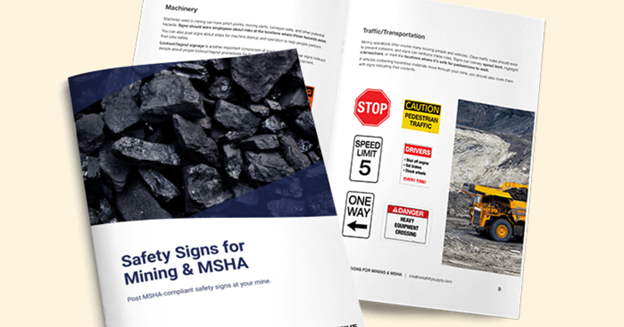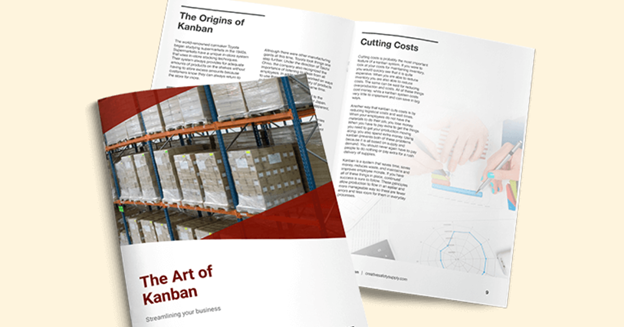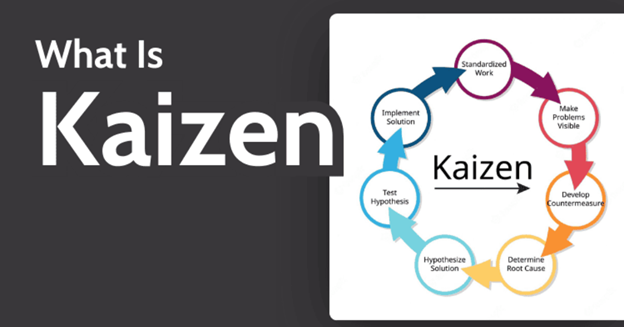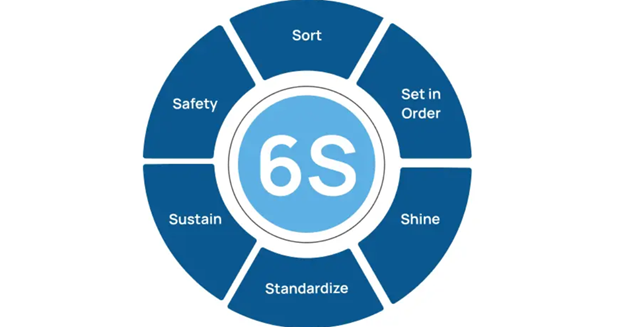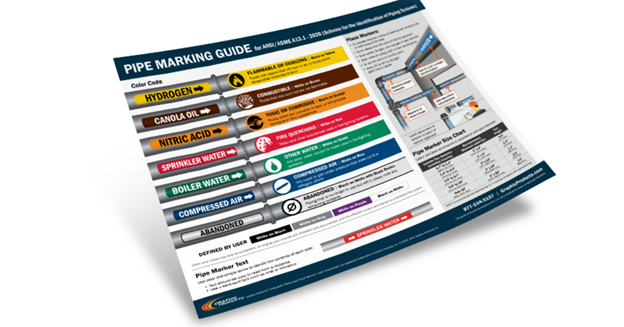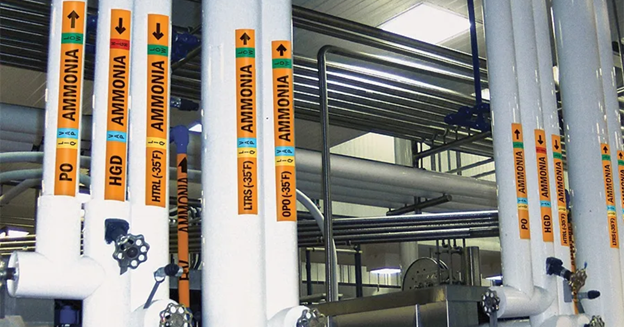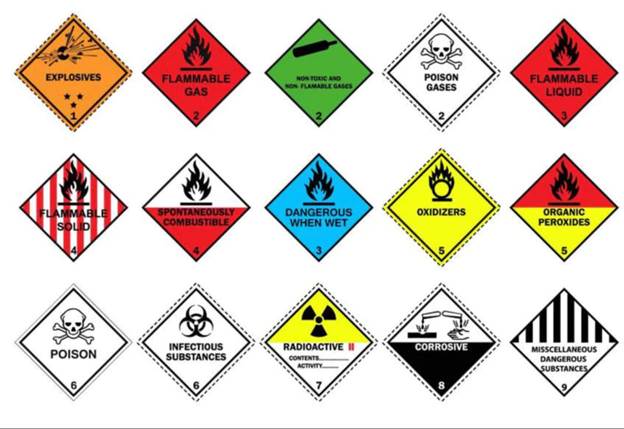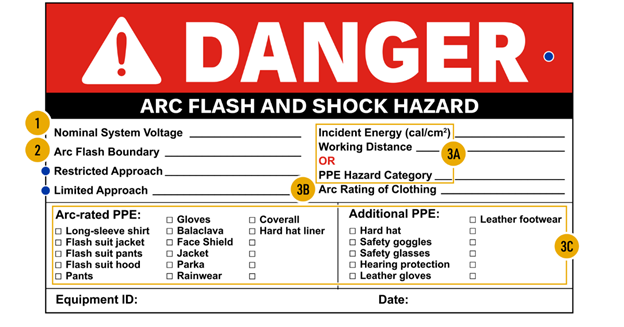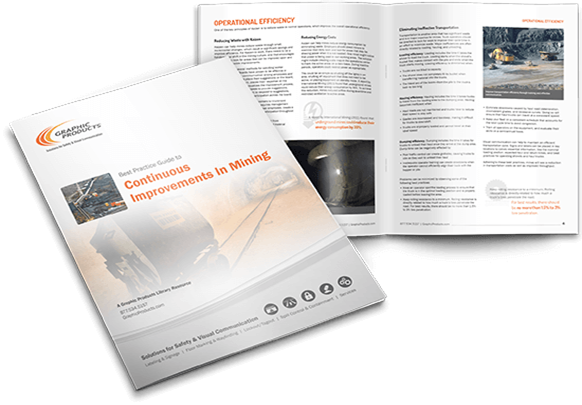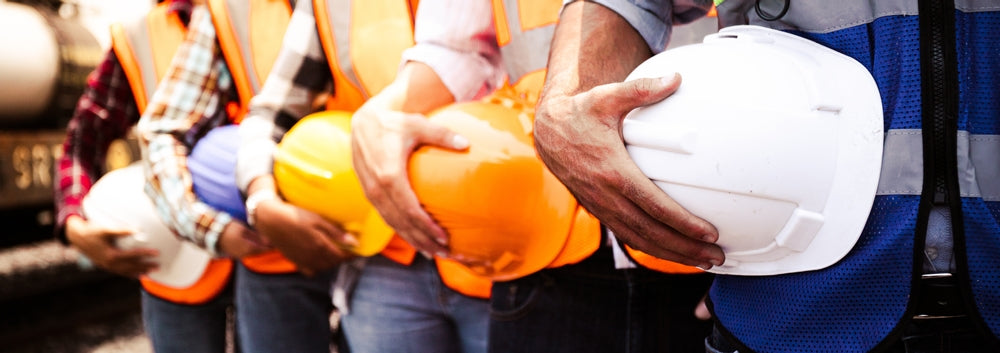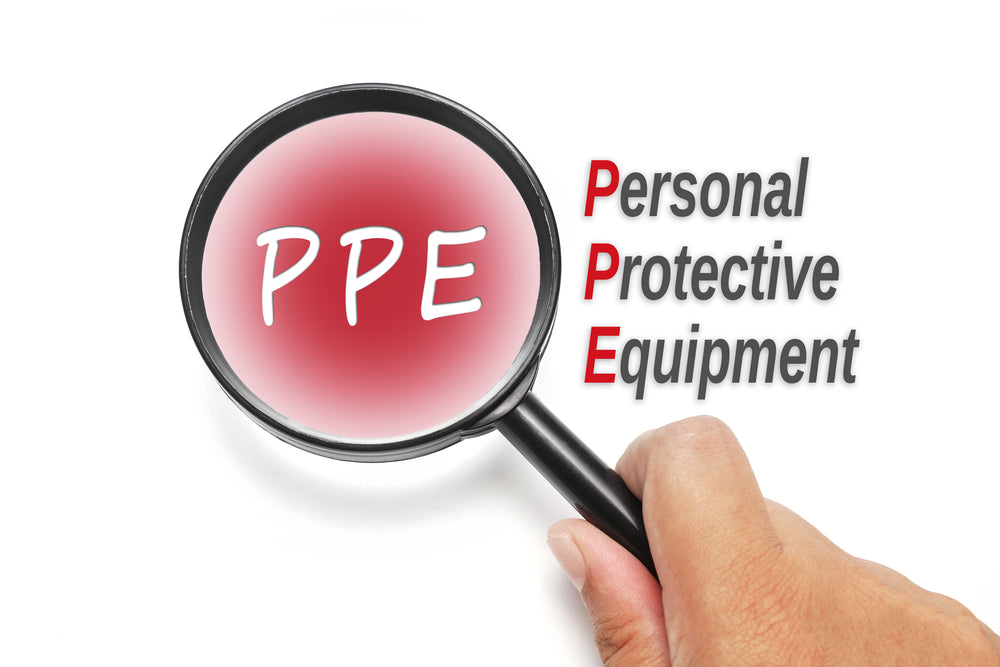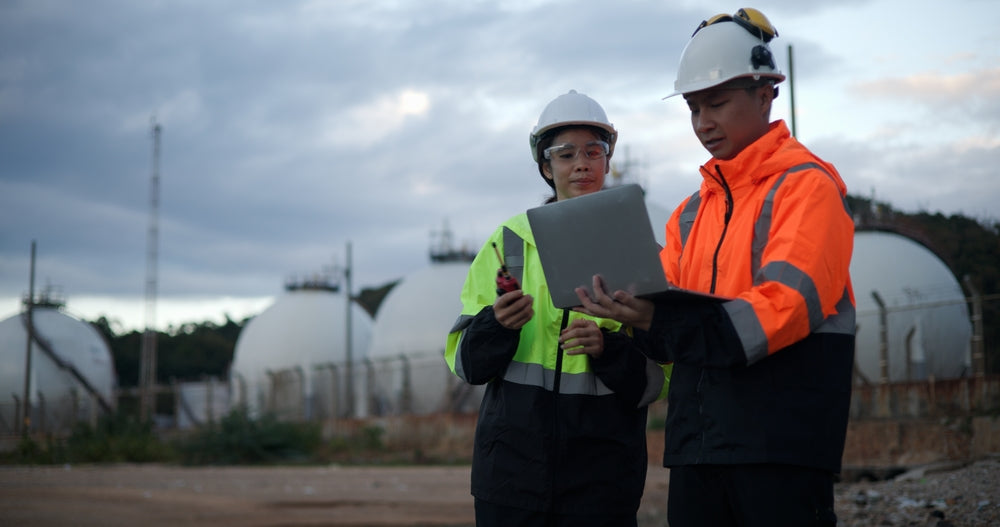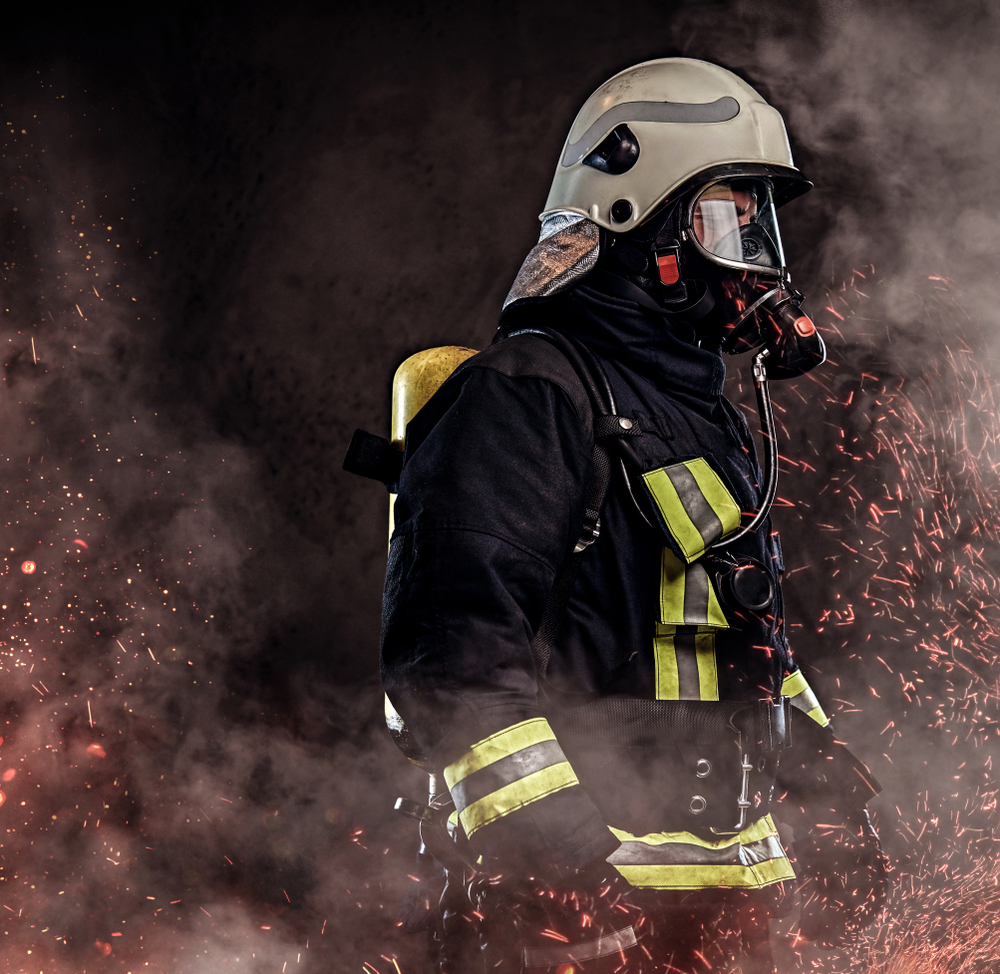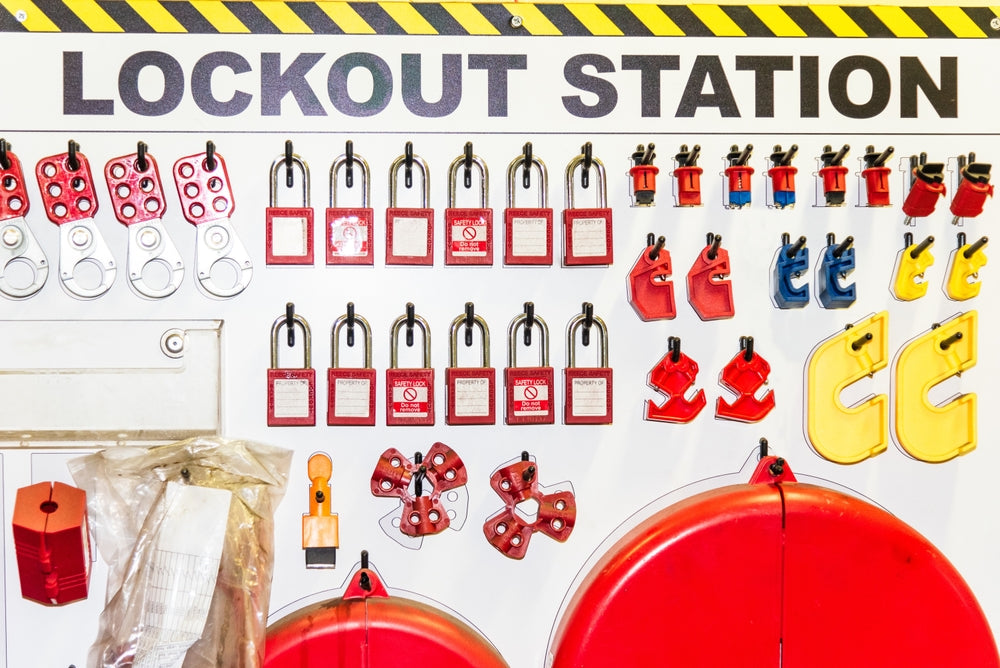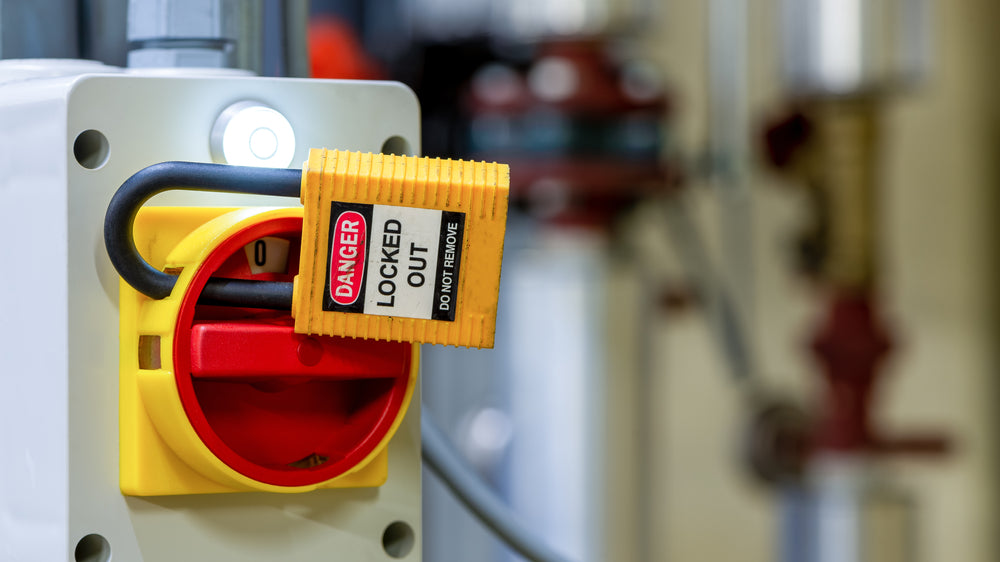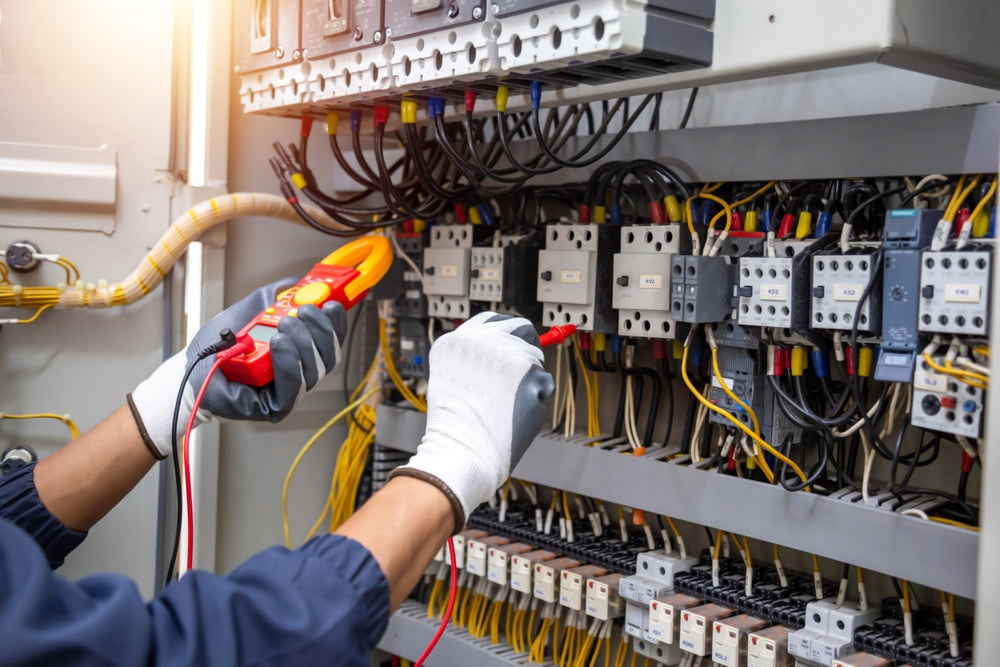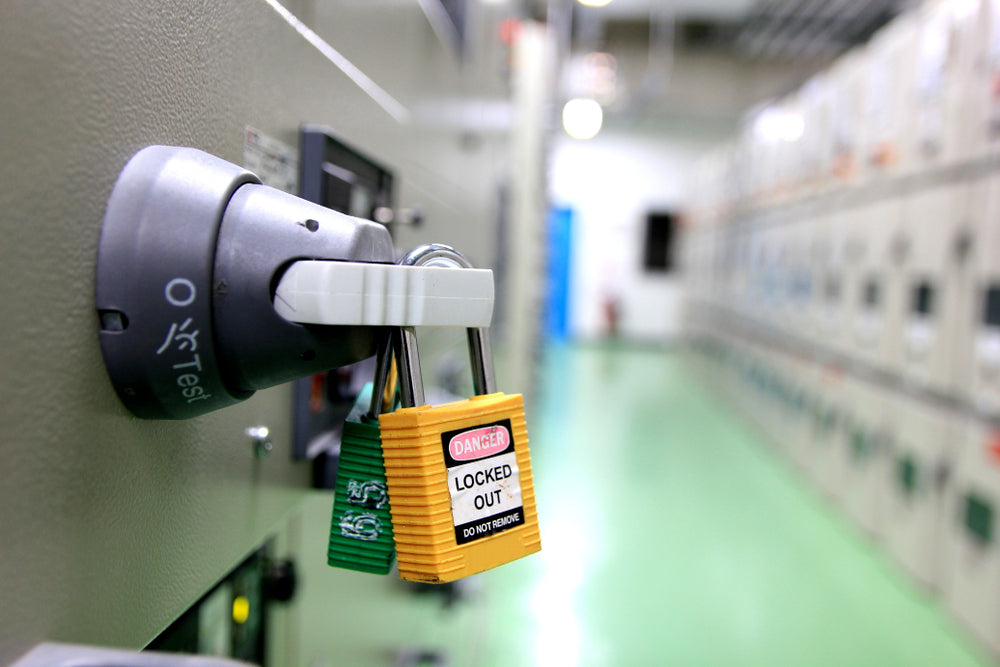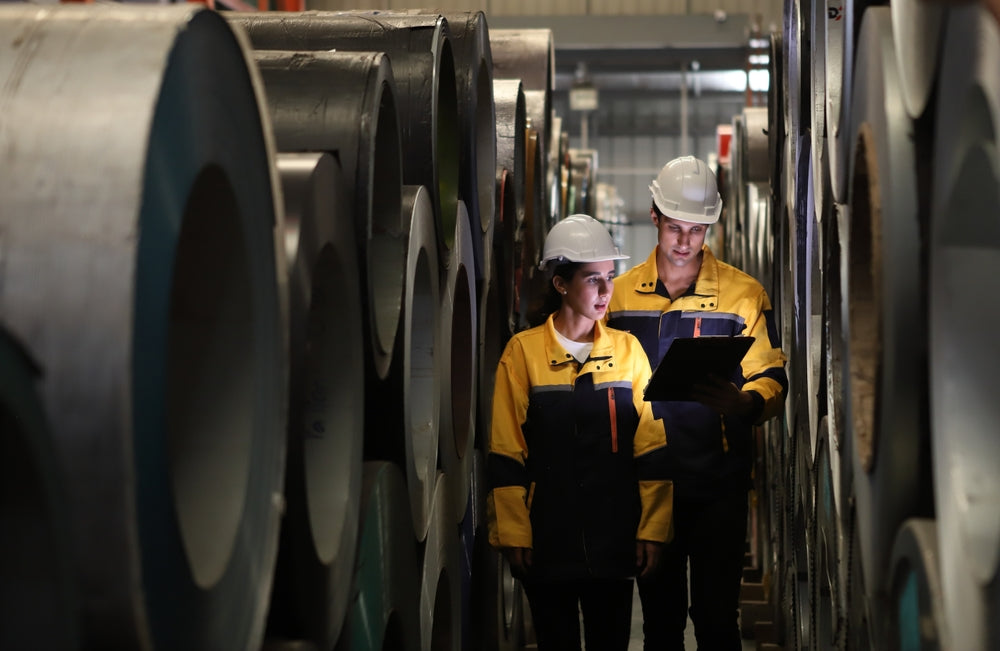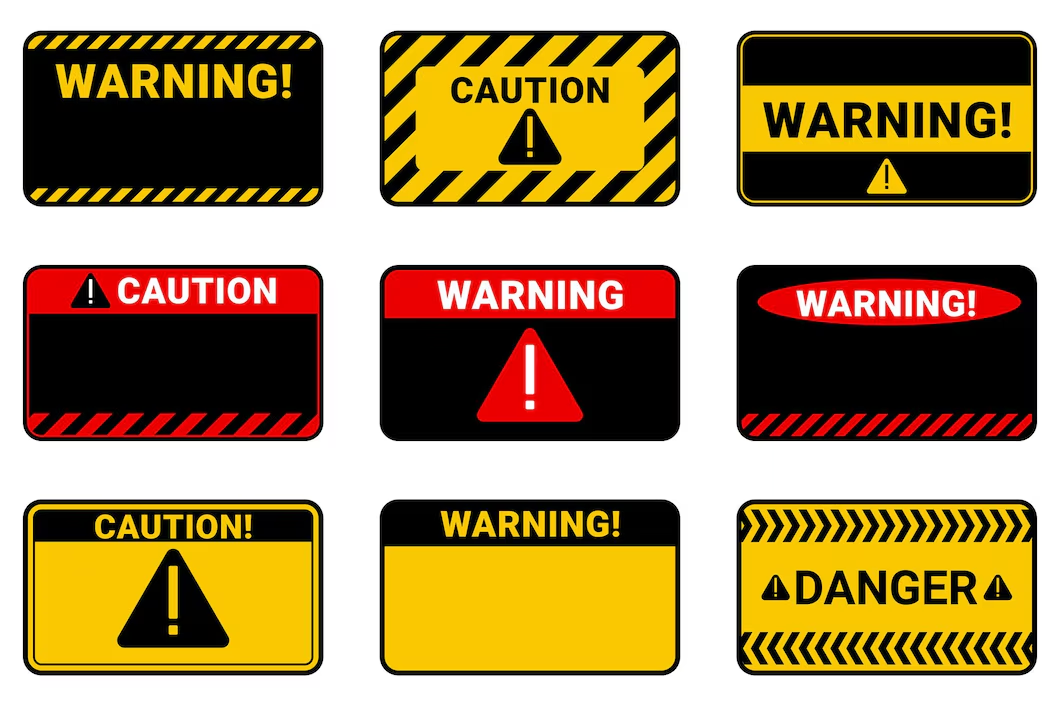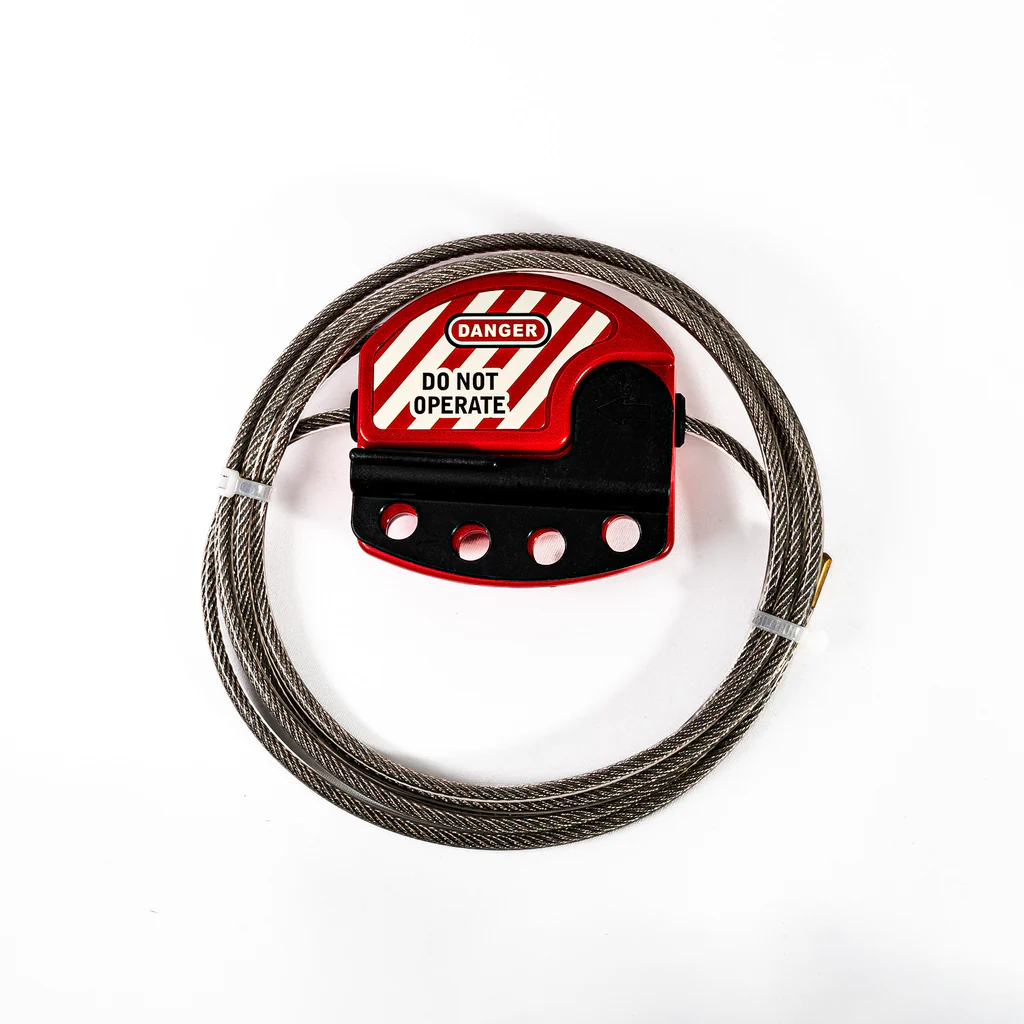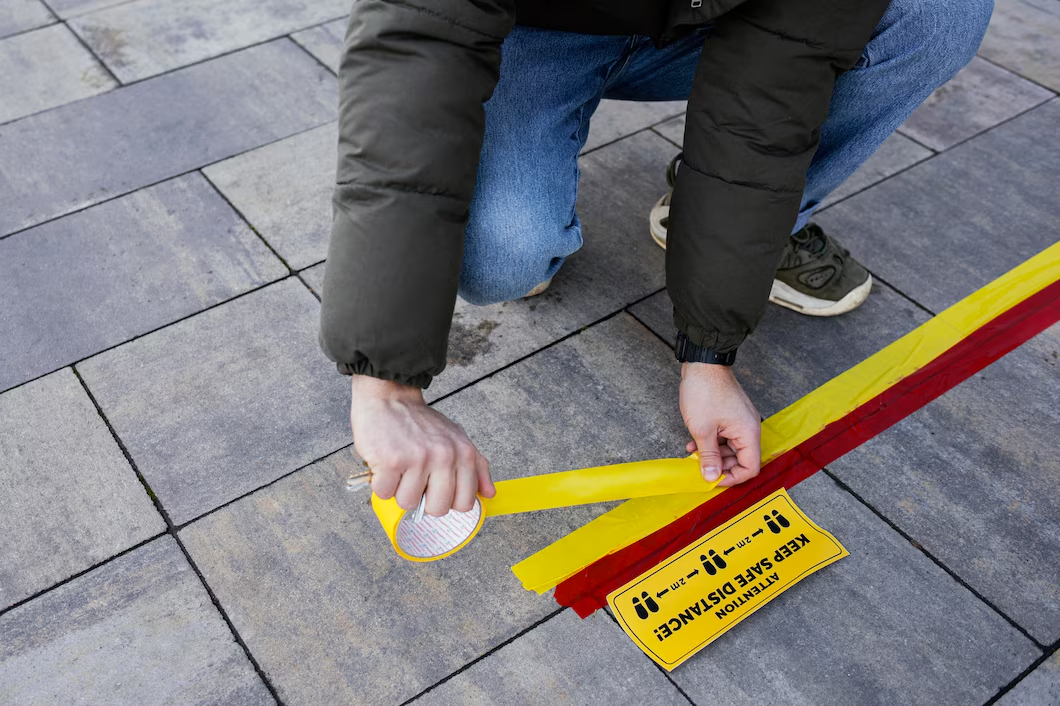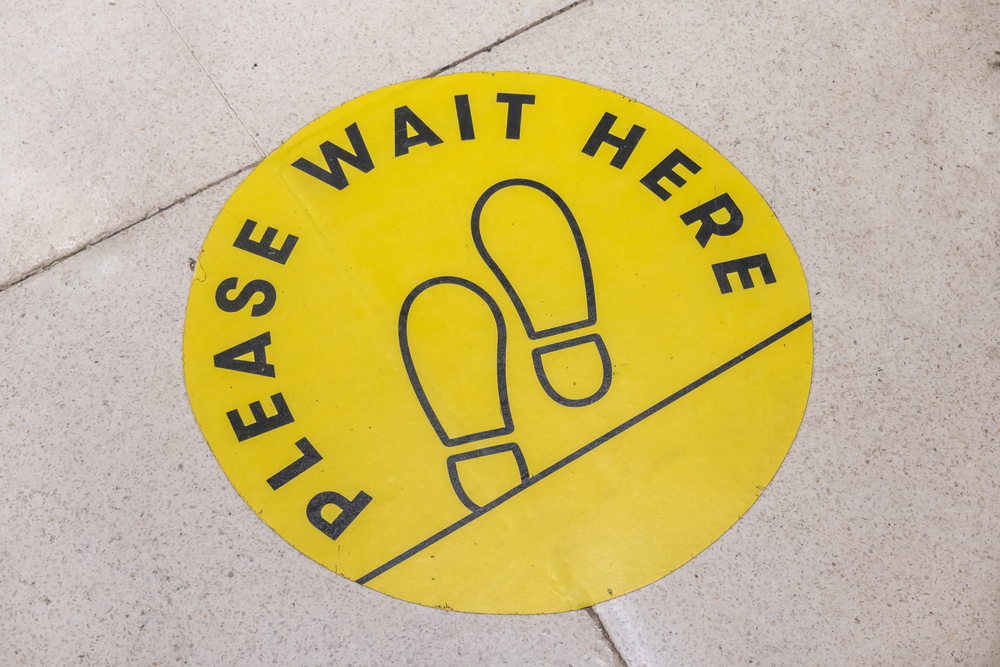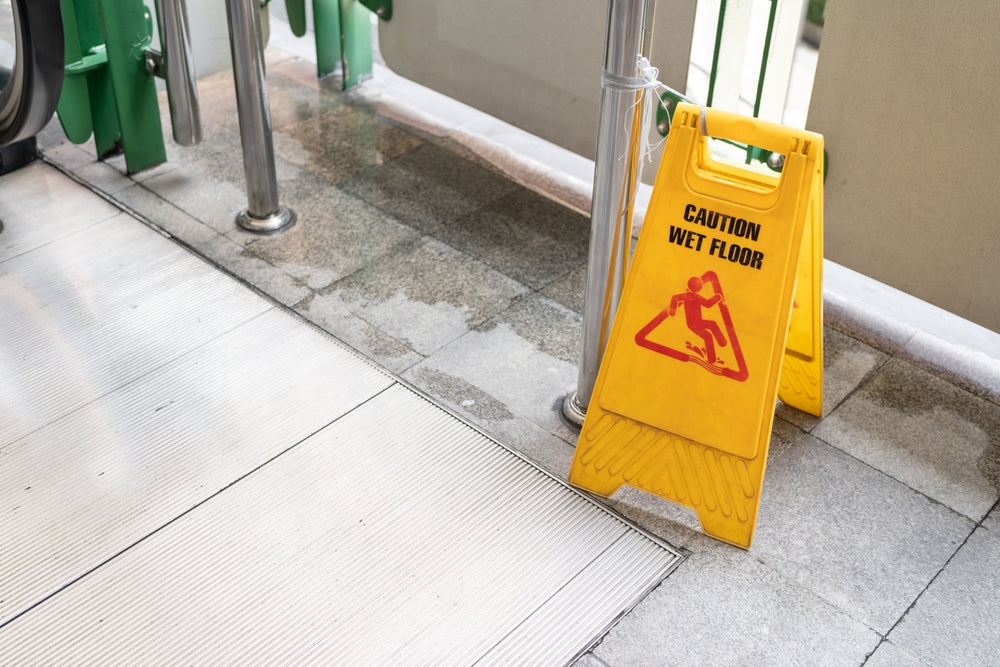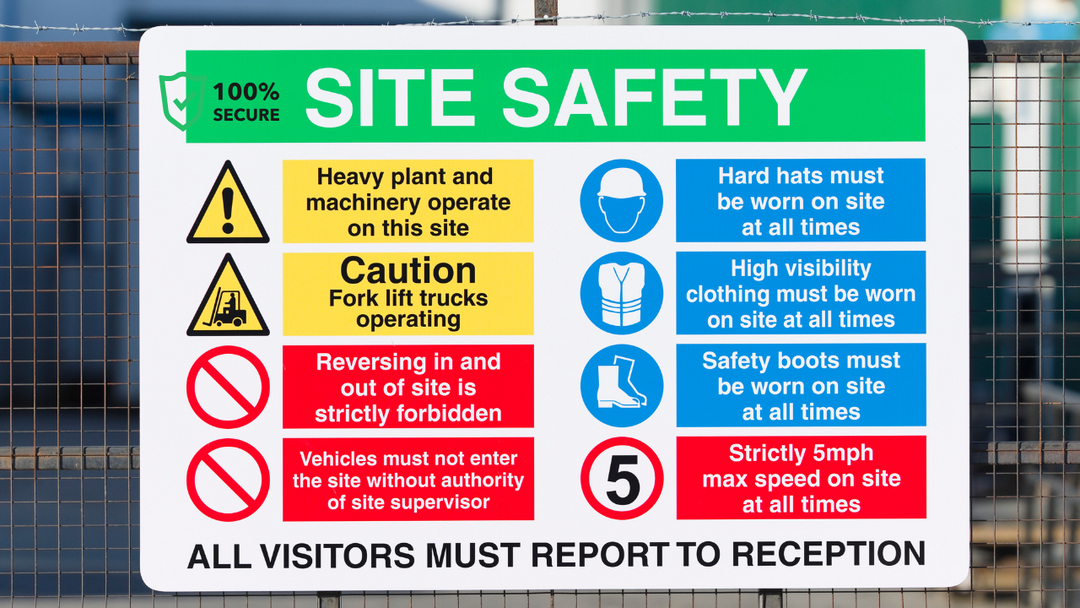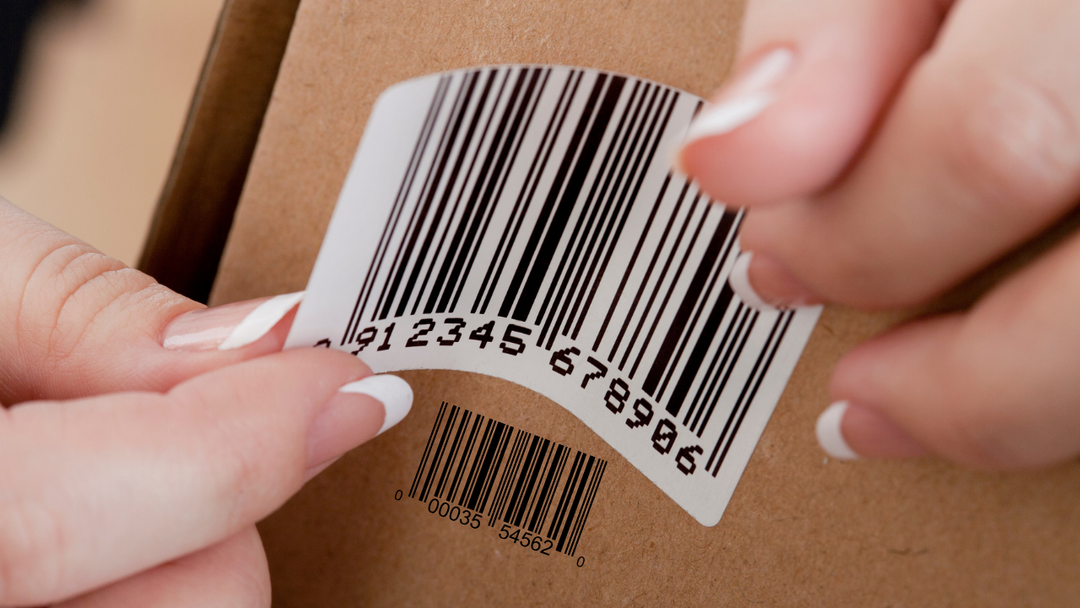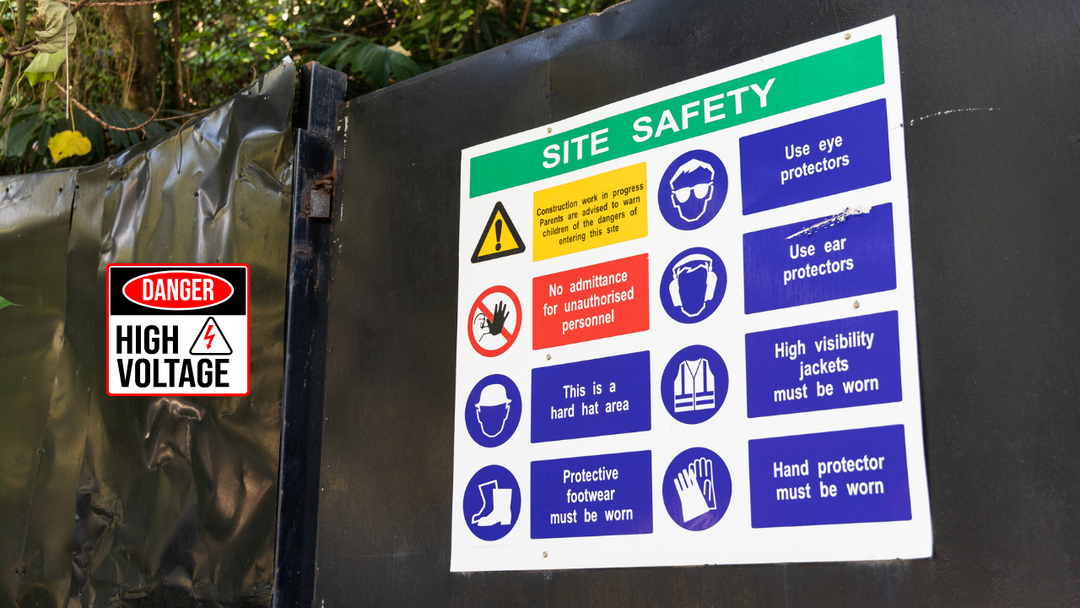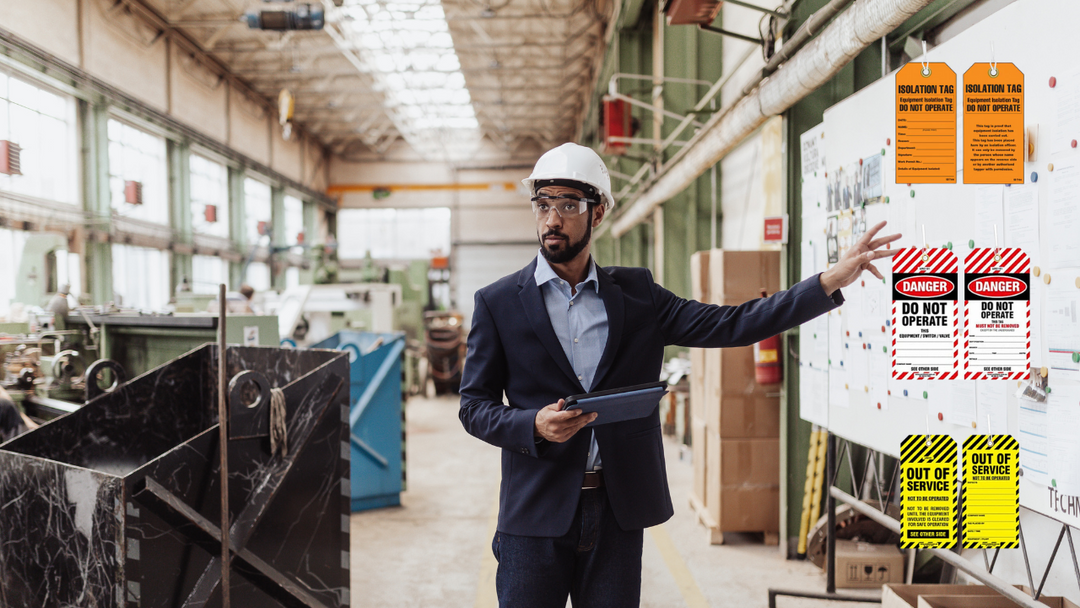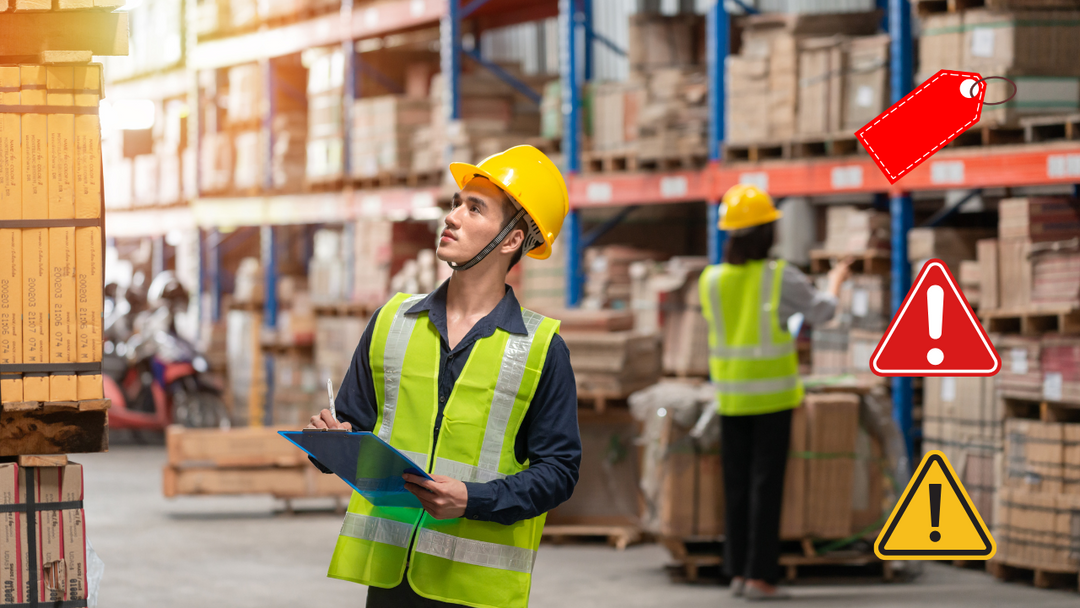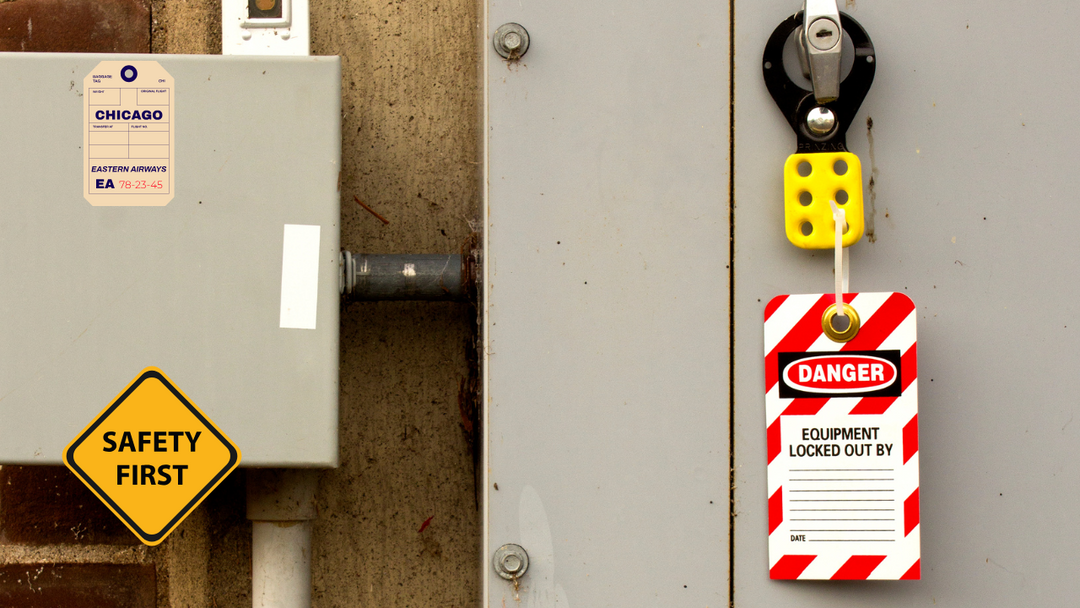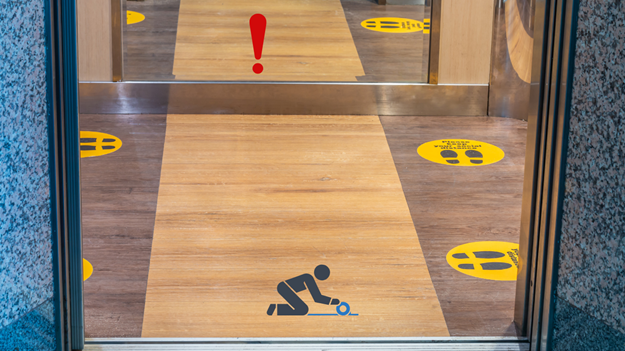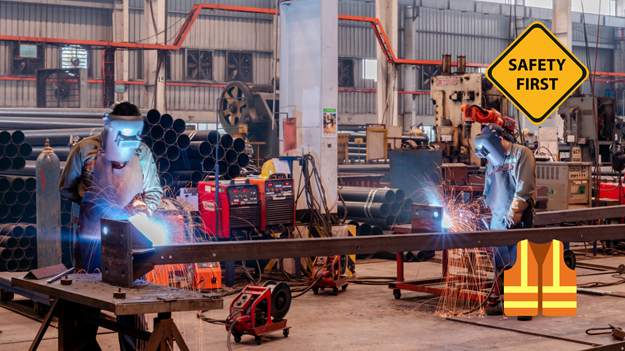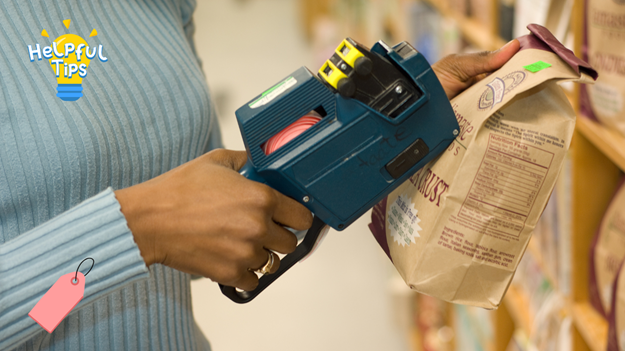Wayfinding Guide: Enhancing User Experience & Safety
Introduction: The Importance of Wayfinding
Navigating an unfamiliar space can be frustrating and time-consuming. Whether in a hospital, shopping mall, or warehouse, clear wayfinding systems help individuals reach their destination efficiently and safely. Effective wayfinding reduces confusion, enhances accessibility, and ensures safety compliance in various environments.
At Archford, a leading provider of safety and signage solutions, businesses can find high-quality wayfinding products tailored to their needs. Their Wayfinding Guide provides valuable insights into designing effective navigation systems that improve both user experience and safety.
Understanding Wayfinding and Its Impact
Wayfinding is more than just signage—it is a comprehensive system that helps people navigate spaces smoothly. It includes visual communication systems, maps, digital guides, and structural layouts that make movement intuitive. An effective wayfinding system benefits:
-
Employees and visitors by reducing confusion and saving time.
-
Businesses and organizations by improving traffic flow and reducing inefficiencies.
-
Safety compliance by ensuring clear signage for emergency exits and hazardous areas.
Key Elements of an Effective Wayfinding System
1. Signage Design and Placement
Well-placed and clearly designed directional signage is crucial for guiding people efficiently. Signs should be positioned at eye level and use simple, easy-to-read fonts. Consistency in design also helps users quickly recognize and interpret directions.
2. Color Coding and Symbols for Easy Navigation
Using color coding and universally recognized symbols improves workplace navigation, especially in environments with diverse language speakers. For instance, hospitals often use specific colors to indicate departments, while industrial sites use bright colors for safety warnings.
3. Digital and Interactive Wayfinding Solutions
Modern wayfinding integrates digital screens and mobile apps for interactive navigation. Airports, shopping centers, and large facilities now use touch-screen kiosks or mobile-friendly maps to provide real-time directions.
How Wayfinding Enhances User Experience
Reducing Confusion and Improving Accessibility
An effective wayfinding system ensures that users—whether employees, customers, or visitors—find their way easily. It minimizes stress and improves overall satisfaction in navigating large or complex spaces.
Streamlining Traffic Flow in Workplaces and Public Spaces
Efficient wayfinding optimizes movement within buildings, preventing congestion and enhancing productivity. In workplaces, clear signage helps employees locate resources quickly, reducing downtime and improving efficiency.
Boosting Customer Satisfaction in Retail and Business Environments
In commercial spaces, well-planned wayfinding improves customer experience by making stores, service points, and exits easy to find. This contributes to better customer retention and satisfaction.
Wayfinding and Safety: Creating Secure Spaces
Emergency Exits and Evacuation Routes
A critical aspect of wayfinding is emergency preparedness. Clearly marked emergency evacuation routes ensure that people can quickly and safely leave a building in case of fire or other hazards.
Compliance with Safety Regulations
Workplaces and public buildings must comply with safety standards that require clear directional and hazard signage. Following ADA wayfinding compliance ensures that wayfinding systems are accessible to all individuals, including those with disabilities.
Enhancing Workplace Safety with Proper Signage
Wayfinding also plays a crucial role in workplace safety, especially in industrial and warehouse settings. Proper signs indicate hazardous zones, restricted areas, and safety equipment locations, reducing workplace accidents.
Best Practices for Implementing a Wayfinding System
1. Planning and Assessing Navigation Needs
Before implementing a wayfinding system, it is essential to assess the unique navigation needs of a facility. Factors such as foot traffic patterns, building layout, and key destinations should be considered.
2. Utilizing Technology for Smarter Wayfinding
Digital solutions like interactive maps, mobile apps, and QR code-based directions are transforming wayfinding. Businesses can incorporate these tools to provide users with real-time navigation assistance.
3. Maintaining and Updating Signage Regularly
Over time, wayfinding signage may become outdated due to building modifications or wear and tear. Regular audits and updates ensure that wayfinding systems remain effective and up-to-date.
The Role of Wayfinding in Various Industries
Healthcare Facilities
Hospitals and medical centers rely heavily on wayfinding to direct patients, visitors, and staff to different departments, reducing stress and improving healthcare accessibility.
Warehouses and Industrial Workplaces
In logistics and manufacturing facilities, clear signage ensures smooth operations, helps employees locate inventory quickly, and enhances workplace safety.
Retail and Commercial Buildings
Shopping centers, hotels, and office buildings use wayfinding to help customers and clients easily find stores, meeting rooms, and other essential locations.
Educational Institutions
Large campuses require well-planned wayfinding systems to help students, staff, and visitors navigate different buildings and facilities efficiently.
Wayfinding Solutions from Archford
For businesses looking to improve their navigation systems, Archford offers a range of high-quality wayfinding solutions. Their Wayfinding Guide provides expert insights on designing clear and effective signage tailored to various industries. Whether you need indoor directional signs, emergency exit markers, or digital wayfinding solutions, Archford has the expertise to help.
The Ultimate Guide to Workplace Safety: Best Practices for Every Industry
|
Safety Guide |
Tips |
|
Implement Sort, Set in Order, Shine, Standardize, and Sustain for workplace efficiency. |
|
|
Use proper labels with voltage ratings, approach boundaries, and PPE requirements to ensure electrical safety. |
|
|
Apply lean methodologies like Kaizen and Six Sigma to enhance operational efficiency. |
|
|
Ensure all hazardous materials are labeled with correct pictograms, signal words, and hazard statements. |
|
|
Use proper lockout devices and tags to prevent accidental energy releases during maintenance. |
|
|
Follow standard color codes and label pipes at regular intervals for easy identification. |
|
|
Place warning signs in high-risk areas to comply with OSHA standards and improve workplace safety. |
|
|
Use AS 1345 standard colors and labels for accurate pipe identification in Australian industries. |
|
|
Add ‘Safety’ to the 5S system to further enhance workplace organization and hazard prevention. |
|
|
Use different colors for specific zones—e.g., red for fire hazards, yellow for caution, and green for safety paths. |
|
|
Encourage small, continuous improvements by involving employees in process optimization. |
|
|
Use visual signals to manage workflow and reduce inefficiencies in production. |
|
|
Implement proper PPE, ventilation, and emergency procedures to ensure worker safety in mining operations. |
|
|
Use durable, heat-resistant labels to prevent misidentification of electrical wiring. |
|
|
Maintain clear aisles, proper signage, and forklift safety measures to reduce accidents. |
|
|
Optimize layout, use barcode scanning, and implement inventory tracking systems for smooth operations. |
|
|
Use consistent signage, color-coded paths, and lighting to improve navigation. |
|
|
Keep floors dry, use anti-slip mats, and mark hazard areas to prevent workplace injuries. |
|
|
Use labels, floor markings, and visual boards to improve communication and organization. |
|
|
Clearly label valves with durable tags to ensure safe and proper operation. |
Conclusion
An effective wayfinding system is crucial for improving user experience, optimizing workplace efficiency, and ensuring safety compliance. Whether in a hospital, warehouse, or commercial space, well-designed signage and navigation tools make a significant difference.
By implementing best practices and leveraging modern technology, businesses can create intuitive and efficient navigation systems. For top-quality wayfinding solutions, Archford is a trusted resource. Explore their Wayfinding Guide to enhance navigation and safety in your facility today
Frequently Asked Questions (FAQs)
1. What is wayfinding, and why is it important?
Wayfinding is a system that helps people navigate spaces using signs, symbols, and digital tools. It is essential for improving navigation, enhancing safety, and ensuring accessibility in various environments.
2. How does wayfinding contribute to workplace safety?
Proper wayfinding signage helps identify emergency evacuation routes, hazardous areas, and safety equipment locations, reducing the risk of accidents and ensuring compliance with safety regulations.
3. What industries benefit the most from wayfinding systems?
Wayfinding is essential in hospitals, warehouses, office buildings, shopping malls, educational institutions, and airports. Any space with high foot traffic can benefit from a well-planned navigation system.
4. How can businesses ensure their wayfinding system meets ADA standards?
To comply with ADA wayfinding compliance, businesses should use clear fonts, tactile elements (Braille), and proper sign placement to ensure accessibility for individuals with disabilities.
5. Where can I find high-quality wayfinding solutions?
For premium wayfinding signage and expert guidance, visit Archford and explore their Wayfinding Guide to enhance navigation and safety in your facility.

